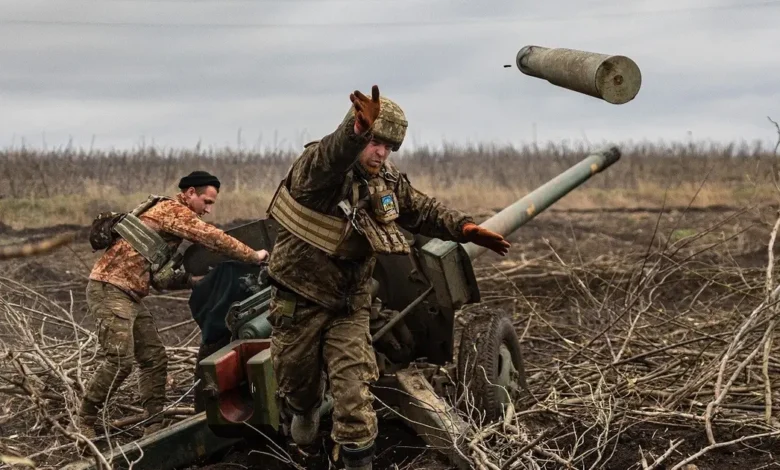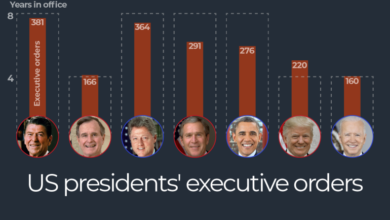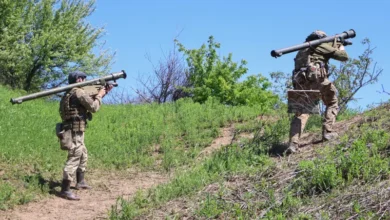US artillery shell surge during Ukraine war hinges on army bets

The Pentagon’s ambitious plan to accelerate production of the most widely used artillery shell in Ukraine depends on a series of near-simultaneous actions across the US unlike anything seen since World War II.
The US goal is to produce 155mm artillery shells at a pace of 100,000 rounds per month, compared with 28,000 currently. And that’s double the 14,000 per month after Russia invaded Ukraine in February of last year.
The shipments of Javelin anti-tank missiles and Stinger surface-to-air missiles, along with howitzers and ammunition, to Ukraine have depleted American stockpiles, demonstrating a lack of US resilience. That wake-up call prompted the Pentagon — with congressional backing —to pour billions of dollars into expanding US industrial capacity.
Of $3.4 billion on contract for industrial expansion, three-quarters, or $2.5 billion, is going toward boosting production of 155 mm artillery rounds, Douglas Bush, the Army’s acquisitions chief who’s at the center of the industrial expansion, said in an interview.
The US will be able to increase production from 28,000 a month to 36,000, then 48,000 to 57,000 shells a month, Bush said. The industry should be able to “turn the corner in early 2025 to 80,000 shells a month and then reach the 100,000 goal toward the end of that year,” he said.
William LaPlante, acquisitions chief for the Pentagon, first disclosed the updated schedule before a Center for New American Security audience last month.
‘Aggressive’ plans
“A lot has to happen; there are many steps along the way,” Bush said in the interview. “Success is not guaranteed but that’s one reason we have tried to not put all of our eggs in one basket. It’s ambitious, our plans are aggressive, but so far industry is doing it.”
The Army’s first step was to expand existing government-owned and contractor-operated facilities that make the metal casings in Pennsylvania, the facility at the Holston Army Ammunition Plant in Tennessee that manufactures the explosive fill for the shells and one at the Iowa Army Ammunition plant that loads the shells. Shifts increased at the facilities and new machines were added as well, Bush said.
The second step is betting on running new facilities: One of them is IMT Defence in Ontario, Canada, for metal parts. which is supposed to come on line next year, Bush said. “The bigger bet is a General Dynamics Corp. facility being built in Mesquite, Texas,” Bush said. About $500 million is going into that plant to install new manufacturing technology, including robots, he said.
The final part that has to play out is the explosive fill. The Pentagon is planning to increase significantly US capacity to make IMX — short for Insensitive Explosive Munitions — which is considered a safer option for troops to handle and store than TNT. The Army also seeks possible funding for a domestic TNT source. TNT isn’t currently made in the US, and the Pentagon buys from friendly countries such as Poland.
The Pentagon is going to need both IMX and TNT in order to meet the high-quantity goals, Bush said. The Army is also trying to boost domestic sources of “modular artillery charges,” basically cylinders with a combustible case that uses triple base propellant, a highly specialized propellant not found in the commercial world.
Even as the Army reaches the capacity to have 100,000 rounds made a month it would still need deep pockets to afford them. It would cost $3.5 billion a year to buy them, after the spending on the facilities, Bush said.
For the Army, it’s “serious money,” he said.










